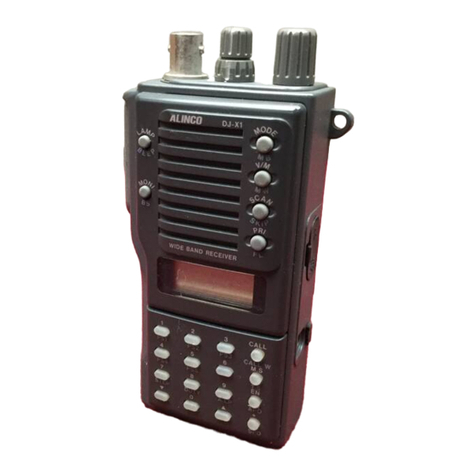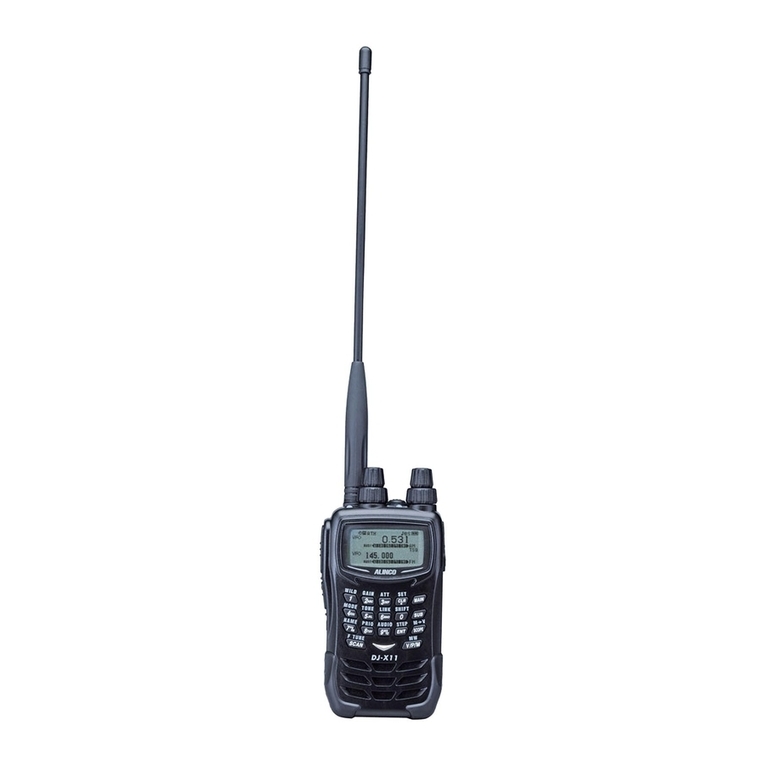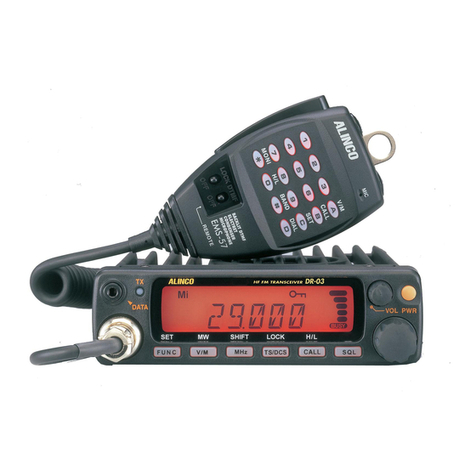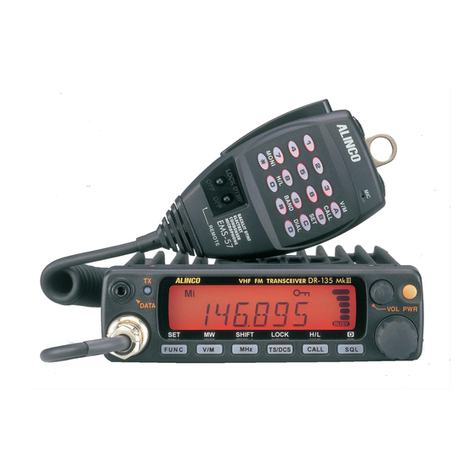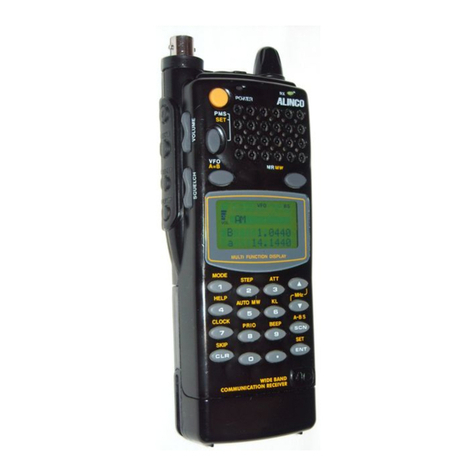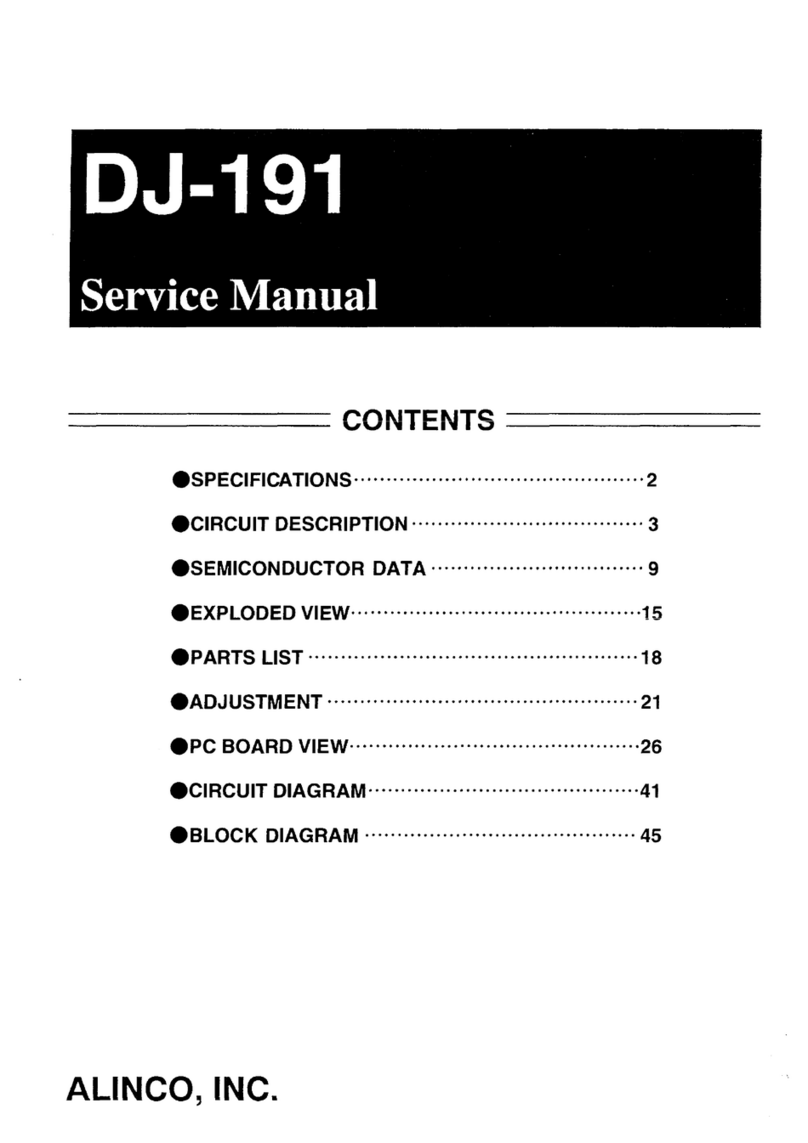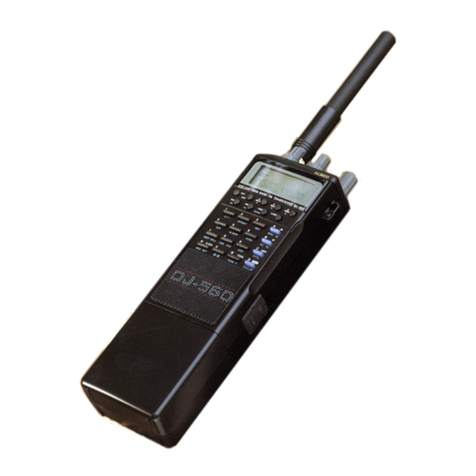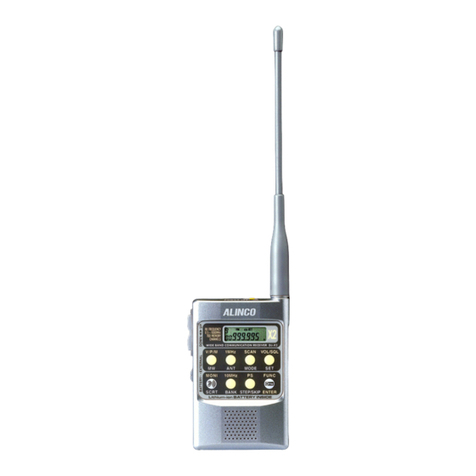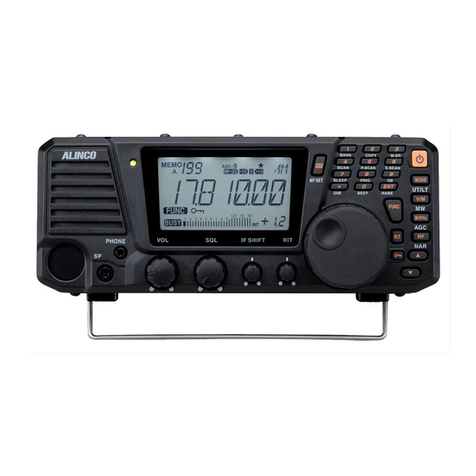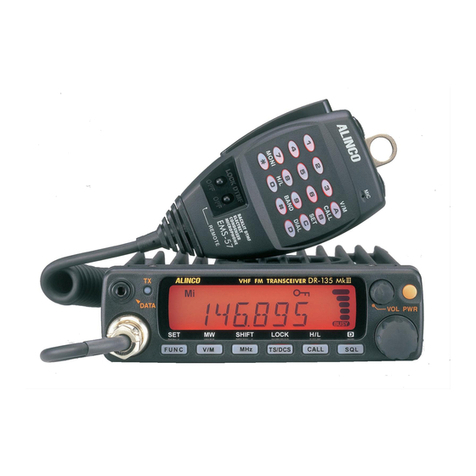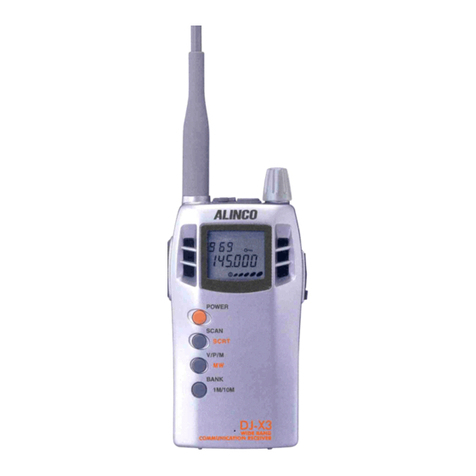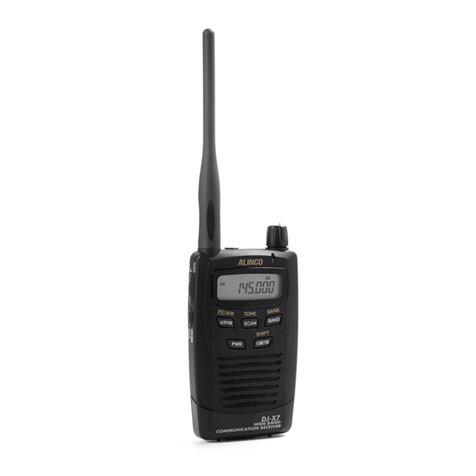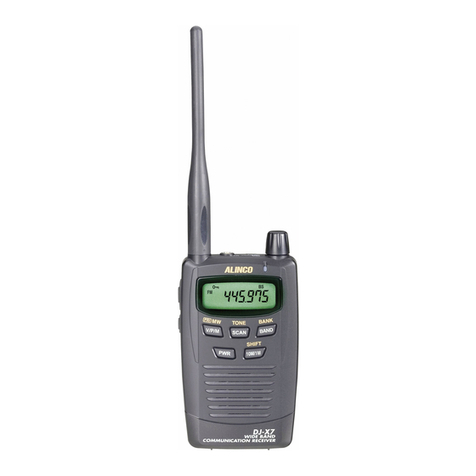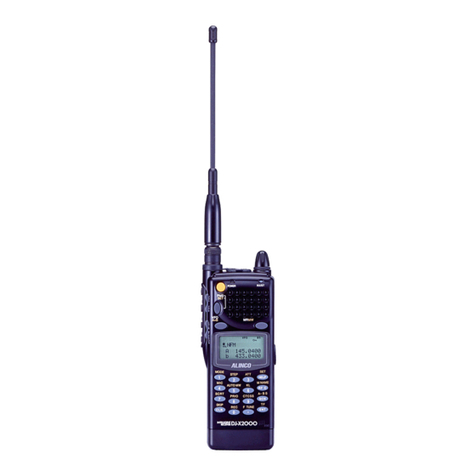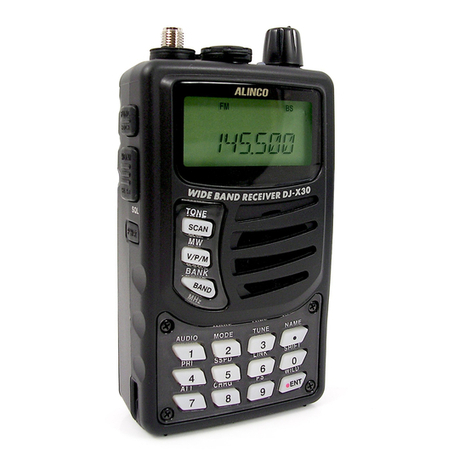3
Contents
Features··········································································································5
NOTICE···········································································································6
Precautions·····································································································7
Request and Agreement·················································································7
Accessories····································································································8
Connecting the Antenna···········································································8
Attaching the Battery Case·······································································8
Loading the Batteries················································································9
The NiMH Battery Pack·············································································9
Prevent Short Circuiting the Battery Pack···············································10
Battery Recharger···················································································11
Attaching the Belt Clip ············································································12
Attaching the Hand Strap ·······································································12
Chapter1 Names and Functions of Parts
External View ································································································13
Front········································································································13
Top··········································································································13
Side·········································································································14
Keyboard······································································································15
Display··········································································································16
Chapter2 Basic Operation
Power Switch ································································································17
Adjusting the Audio Volume ·········································································17
Adjusting the Squelch···················································································18
Adjusting the Squelch Level ···································································18
Monitor Function ·····················································································19
Mute Function ·························································································19
Operating Mode····························································································20
Switching Modes·····················································································21
Setting the Frequency···················································································22
In VFO Mode···························································································22
In Preset Mode························································································22
In Memory Mode·····················································································23
Memory Function··························································································23
Types of Memory ····················································································23
Programming a Channel·········································································24
Erase the Channel···················································································25
